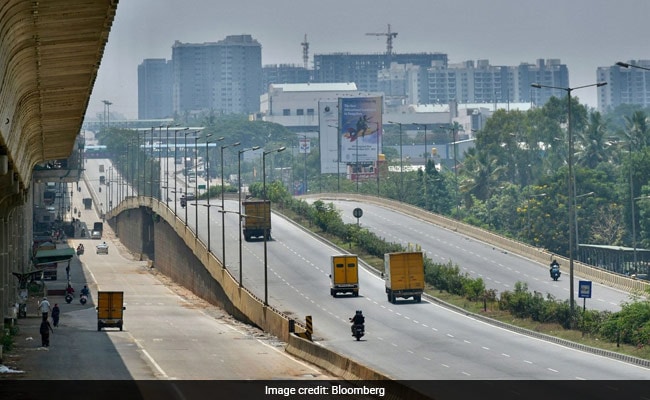Delhi - Agra NH Stretch To Become India's First Hi-Tech Corridor

Highlights
- The Delhi - Agra NH corridor equipped with advanced traffic systems.
- It will be equipped with screens giving details of road conditions ahead.
- It will also get speed cameras that will issue challans electronically.
The Delhi - Agra national highway (NH) stretch is soon going to be a smart and hi-tech corridor and now commuters will have to be watchful of their speed as chances of getting 'challaned' is going to increase. The Delhi - Agra stretch that begins from the Old Mathura road will be the first NH corridor in the country to have screens which will alert drivers, if they are going beyond the permitted speed limit. These basically are the Vehicle Actuated Speed Displays (VASDs) and will be installed at different locations that will capture and display the vehicle speed in real-time.
Also Read: Speed Limit On National Highways Could Be Increased To 140 kmph: Nitin Gadkari

The advanced system will be eventually implemented across national highways.
The step is a part of the National Highways Authority of India's (NHAI) program to put in place the first Advanced Traffic Management System (ATMS) on any National Highway (NH), which aims to make the corridor seamless and safe for traffic movement. The authority has also floated a tender inviting the bids and the project stretch will begin from the start point of 4.4 km long 6-lane Badarpur Elevated Highway to Agra. The ATMS software will generate e-challans and will be integrated with the Vahan database, FASTag and NIC through which it will procure details of the vehicle for cross verification purpose. The information will be passed on to the traffic management system for further actions to be taken.
Also Read: Delhi Traffic Police Revises Maximum Speed Limits For All Vehicles
The 180 km stretch will be equipped with around 285 cameras and these will be used for monitoring accident prone areas, junctions, major median openings, structures, urban areas and major village junctions. Then, the video incident detection system, (VIDS) installed at 60 locations will identify abnormal conditions, accidents, stopped vehicles, wrong direction driving, poor visibility and vehicle details. These systems will be installed at black spots, accident-prone and other essential areas which will be selected by the enforcement agencies. The vehicle speed detection system (VSDS) featuring automatic traffic counter and classifier along with travel time management will be installed at two locations to detect over-speeding vehicles through the HSRP code on the registration plate and their details will be sent to the enforcement agencies. Moreover, the stretch will also get at least 22 variable message sign displays that will alert commuters about any sort of congestion of incident on the way ahead.
Source: Times Of India









